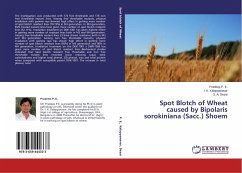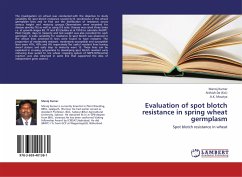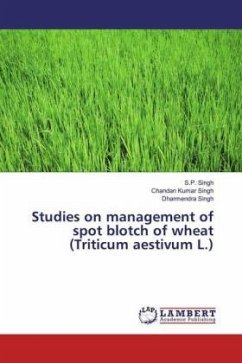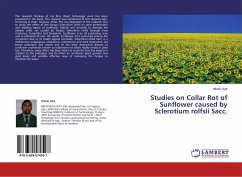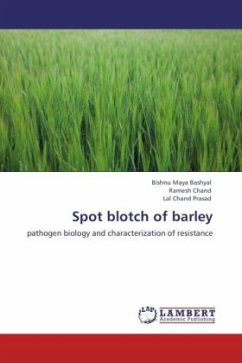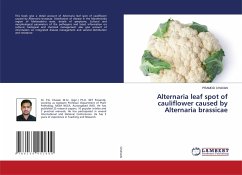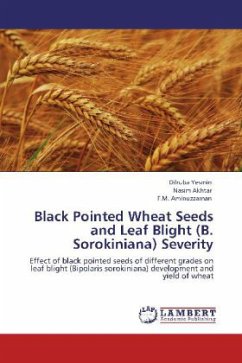The investigation was conducted with 174 free threshable and 176 non free threshable mutant lines. Among free threshable mutants, physical irradiation with gamma rays showed high effect in getting more number of spot blotch resistant lines (70.15%) in M3 generation. In M4 generation, EMS treated mutant lines have given more number of spot blotch resistant lines (52.11%). Irradiation treatment on DDK-1001 has given highest effect in getting more number of resistant lines both in M3 and M4 generation. Among free threshable mutant lines 23 have shown resistance both in M3 and M4 generation. Among non free threshable mutants, physical irradiation with gamma rays has shown high effect in getting more number of spot blotch resistant lines (65%) in M3 generation and 80% in M4 generation. Irradiation treatment on the DDK-1001 x DWR-1006 has given more number of spot blotch resistant lines. Biochemical studies indicated that Spot blotch resistant free threshable and non free threshable mutant lines recorded lower reducing sugar, total carbohydrates and higher total phenol, OD phenol, wax and total protein when compared with susceptible parent DDK-1001. The increase in total phenol, total
Bitte wählen Sie Ihr Anliegen aus.
Rechnungen
Retourenschein anfordern
Bestellstatus
Storno

